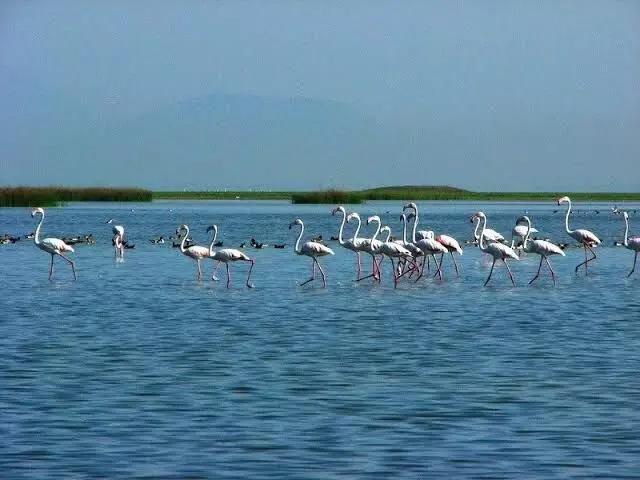New CCMB method can measure ecosystem’s biodiversity using environmental DNA
In order to monitor and conserve biodiversity, scientists need to survey organisms living in different habitats and track their changes over time
By Sulogna Mehta
Representational Image
Hyderabad: Unlike the methods employed so far, the total biodiversity of any ecosystem can now be assessed by sequencing the DNA fragments found in the environmental samples such as water, soil or air without the need to capture or physically count the population of the species.
This new non-invasive assessing method has been developed by researchers from the Laboratory for the Conservation of Endangered Species (LaCONES) at the CSIR-Centre for Cellular and Molecular Biology (CCMB) in Hyderabad.
Their study, published in the journal Ecological Indicators, shows that this method can detect all kinds of organisms, including viruses, bacteria, archaea, and eukaryotes such as fungi, plants, insects, birds, fishes and other animals from just a few litres of water sample.
Limitations of traditional tracking methods
In order to monitor and conserve biodiversity, scientists need to survey organisms living in different habitats and track their changes over time. However, the available biodiversity assessment methods cannot estimate the total species diversity accounting for all the microbes and non-microbes that inhabit an ecosystem. The traditional monitoring methods also require extensive taxonomic expertise and are not scalable to large ecosystems because they can be expensive, labour-intensive and time-consuming.
Analysis of extracellular environmental DNA
To overcome these limitations, researchers, S Manu and Dr G Umapathy at CSIR-CCMB developed a lysis (cell disintegration by rupture of the cell membrane) and PCR-free (polymerase chain reaction to make numerous copies of a given DNA) molecular approach to extract and read the genetic information encoded in free-floating environmental DNA (eDNA). eDNA is DNA shed by all organisms into their surroundings through natural processes during their lifetime or after death.
Chilika wetland ecosystem
To filter out eDNA from environmental samples, read their sequences and identify the sources, the researchers tested their method in the highly biodiverse wetland ecosystem of Chilika Lagoon in Odisha, India’s largest brackish water lagoon, with the Chilika Development Authority’s help.
By comparing over 10 billion sequences of eDNA fragments from multiple seasonal samples with a large database of reference sequences from all the known species, the researchers were able to detect organisms in the biodiversity.
They estimated that the total taxonomic diversity of Chilika Lagoon is about 1,071 families across the tree of life, comprising approximately 799 families of eukaryotes, 230 families of bacteria, 27 families of archaea, and 13 families of DNA viruses. The researchers also found the relative abundances of families of organisms vary significantly across different locations and seasons in the ecosystem. This indicates that the method can also help monitor the changes in biodiversity across space and time.
Improved detection and conservation
“The current methodologies for eDNA-based bioassessment are limited to approaches where only specific species or groups of related taxa are looked for. We worked around this problem and improved the detection of organisms, from microbes to mammals, even if they are low in abundance. And we can detect all those organisms whose reference genome sequences are known,” said S Manu, a PhD student at CCMB who carried out the study. This has helped the new method to detect many kinds of organisms that are otherwise not detected through existing molecular biology tests.
Commenting on the universality of the method, Dr G Umapathy, the senior principal scientist who supervised the study said, “This method can be efficiently applied in different types of ecosystems to assess the total biodiversity and monitor the biodiversity loss due to anthropogenic factors to inform data-driven conservation efforts in large areas.”